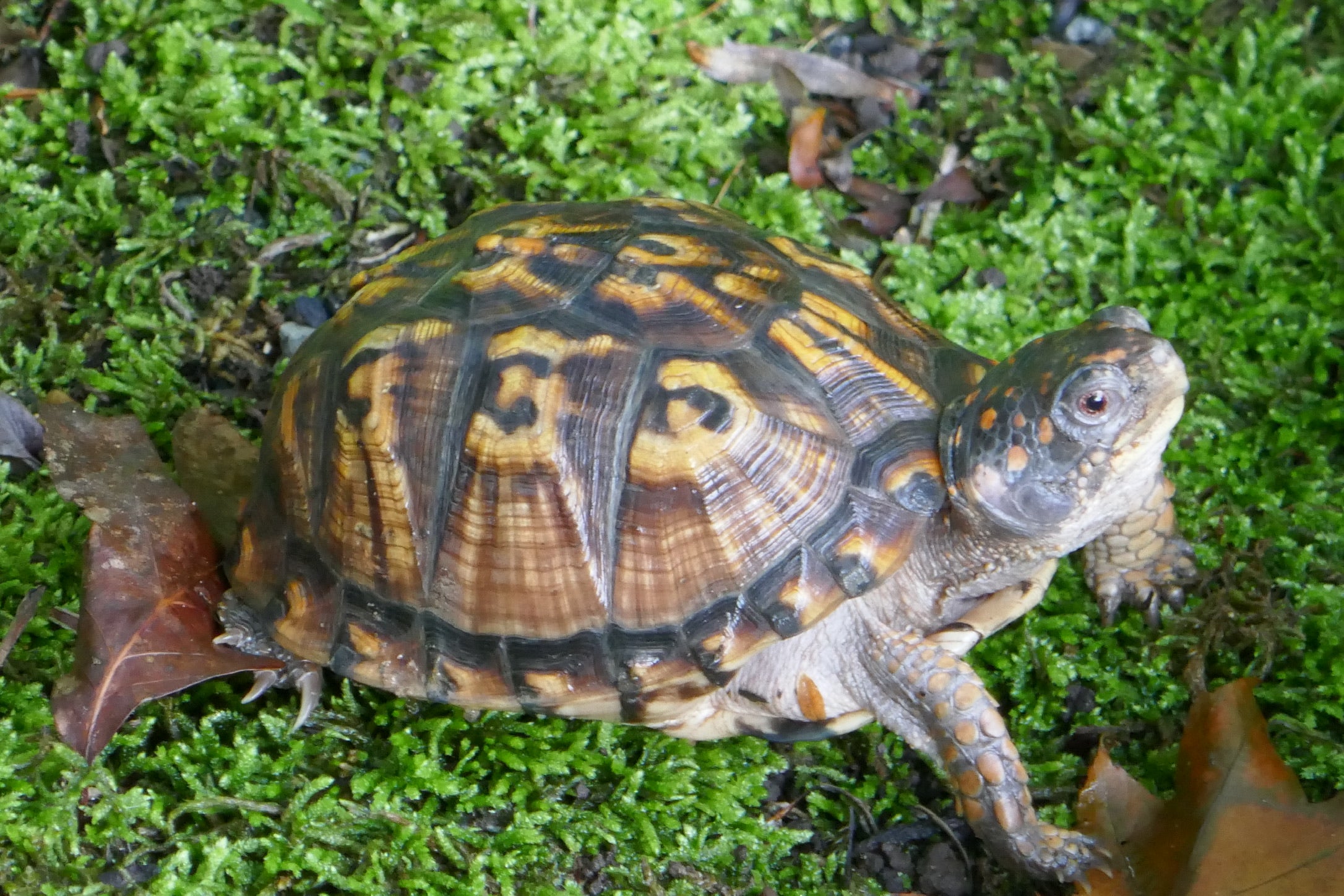A box turtle rescue
Published 12:04 pm Wednesday, May 24, 2023
|
Getting your Trinity Audio player ready...
|
After a long day of adding some native flowers to our garden, we decided to finish planting the last few freshly dug holes in the morning. We got some glorious rain overnight, which we needed and is normally a good thing.
But looking out the window the next morning, I saw something floating in one of the now rain-filled holes. Racing downstairs, I find an Eastern box turtle floating upside down in the water. A million questions run through my mind as I scoop it from the water. Did I just kill a beautiful turtle by carelessly leaving plant holes uncovered? How do you resuscitate a reptile? Should I call Appalachian Wildlife Refuge, which helps injured wildlife?
Carefully, I sat it upright on some moss in the shade and watch and wait. It looks like it is breathing! Within a few minutes, it looks at me, hangs out for a while and then lumbers off. I cry with joy and vow never to leave a hole unfilled again.
And then my curiosity kicks in. Where do box turtles live, what foods do they eat, why are they important and how can we attract them to our yard?
Sometimes we see them walking in the woods around our house, which is made up of deciduous forest with lots of leaf litter. And on occasion, we see one trying to cross a busy road. This is sure death if there are many cars since they move so slowly.
What can you do if you see a box turtle on the road? If possible, stop, put on your emergency flashers and help the turtle move off the road. Or if there is no traffic, just let the turtle cross on its own. The key to moving them is always to place them on the side of the road in the direction they are heading. Otherwise, they will just turn around and try and cross again.
Box turtles, not snapping turtles, can be safely picked up and moved. Just be sure and wash your hands after touching any reptile.
Living an average of 25-30 years, with some even living to 100 years old, box turtles usually only venture within one or two miles of their birthplace. If a turtle is moved from their home territory, they will spend the rest of their life trying to find a way home and often die in unfamiliar surroundings. So the turtle crossing the road is your long-time neighbor needing extra help!
They have no teeth, so how do they eat? Turtles have beaks which they use to tear food apart. And what do they eat? Anything they can find, making them omnivores. Plants, insects, dead things, you name it.
One of box turtles’ superpowers for females is their ability to store sperm for up to four years after mating. Now that is super cool. That means a female box turtle can lay fertile eggs for four years without having to find a mate. This is important since the fragmentation of habitat makes it harder to find mates. With a conservation status of ‘vulnerable,’ they need our help or they might go extinct.
Why are box turtles important? Seed dispersal! Research shows some plant seeds germinate better after passing through the box turtle’s gut. This includes seeds of mayapple, black cherry and our favorite, Jack-in-the-pulpit.
How can you help this amazing animal, which just happens to be our state reptile? Make your garden box turtle-friendly. Leave leaf litter under trees where they can hide and burrow, check lawns and meadows for turtles before you mow and plant native plants like blackberry and elderberry, which they love.
And enjoy their beauty, just the way Mother Nature intended.

The Eastern box turtle is North Carolina’s state reptile (Photo by Loti Woods)
Loti Woods is a founder of Weiler Woods for Wildlife, a nonprofit organization whose mission is to inspire and empower the next generation to be champions for wildlife, using art and education. To learn more, visit https://weilerwoodsforwildlife.com.


